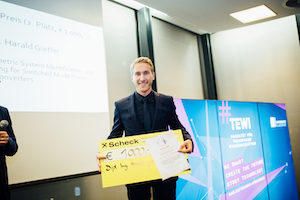
(c) ftf/Christina Supanz
… ist der Titel des 2. Platzes des Roland-Mittermeir-Preises 2017 und wurde vom Förderverein Technische Fakultät mit EUR 1.000,–ausgezeichnet. Dem Autor und Preisträger, Herrn Dipl.-Ing. Harald Gietler, wurde der Preis im Rahmen 30-Jahr-Feier Förderverein Technische Fakultät übergeben und die Arbeit wird hier kurz vorgestellt:
Zusammenfassung: The ever-increasing number of electronic devices pushes the demand on efficient power management solutions continuously. Over the past decades the market share of switched mode power converters (SMPCs) grew rapidly due to their superior efficiency compared to conventional regulators. Nevertheless, an insufficiently performing SMPC influences the operating range, the stability and the efficiency of the supplied system. To optimize the transient performance of an SMPC, the use of suitable control algorithms is crucial. The performance of those control schemes is limited by insufficient knowledge of the converter characteristics. Unfortunately, exact information about the system is usually not available, due to manufacturing tolerances and long- term aging effects of involved passive components. Furthermore, the whole set of passive components may be changed to achieve different characteristic behaviors. The controller has to be robust, and consequently conservatively tuned, to cover all configuration possibilities.
Online system identification (SI) methods can be used to identify system parameters. The estimated characteristics are used as a basis for progressive tuning of the controller in order to improve the transient performance of the closed loop system. Generally, the more accurate the estimation result of the system parameters is, the better is the performance gain due to the SI process. This work introduces a novel concept for fast, efficient and accurate coefficient estimation of discrete-time models such as transfer functions. It approximates the linear least squares method and compared to well established algorithms it drastically reduces the computational complexity, while maintaining sufficient accuracy. Generally, this methodology can be applied to common discrete-time transfer functions or state-space models, whereas this thesis focuses on its impact and applicability in the field of SMPCs. Therefore, the proposed method is especially beneficial, since it significantly reduces the required excitation time compared to the state-of-the-art. Consequently, the proposed concept can be integrated into the start-up procedure of the converter module. The theoretical background of the introduced concept has been experimentally verified with a dc-dc buck converter based prototyping platform. It includes a digital proportional-integral-derivative (PID) controller implemented in a field-programmable- gate-array (FPGA), which is adaptively tuned, resulting in significant improvements in terms of dynamic performance.
The master thesis was done in cooperation with Infineon Technologies Austria AG. Two scientific papers based on the thesis have been published at major international conferences and one in a national journal. Additionally, one contribution for an international journal has been submitted and two US-Patent applications have been filed.
International Conference Publications:
H. Gietler, C. Unterrieder, A. Berger, R. Priewasser and M. Lunglmayr, „Low-complexity, high frequency parametric system identification method for switched-mode power converters,“ 2017 IEEE Applied Power Electronics Conference and Exposition (APEC), Tampa, FL, 2017, pp. 2004-2009. doi: 10.1109/APEC.2017.7930974
M. Kanzian, H. Gietler, C. Unterrieder, M. Agostinelli, R. Priewasser, M. Lunglmayr and M. Huemer, “Low-Complexity State- Space Based System Identification and Controller Auto-Tuning Method for Multi-Phase DC-DC Converters,” in Proc. of 2018 International Power Electronics Conference (IPEC), Nigaata, Japan
Journal Published:
Kanzian, Marc & Gietler, Harald & Agostinelli, Matteo & Priewasser, Robert & Huemer, Mario. (2018). Comparative study of digital control schemes for interleaved multi-phase buck converters. e & i Elektrotechnik und Informationstechnik. 10.1007/s00502-017-0574-3.
Journal Submitted:
H. Gietler, M. Kanzian, C. Unterrieder, A. Berger, R. Priewasser, M. Huemer and H. Zangl, „ Low-Complexity Natural Frequency Estimation and Adaptive Control for Buck Converters “, IEEE Transaction on Power Electronics
US-Patent Applications:
CONTROLLER TUNING USING DUTY CYCLE MISMATCH 2017P51442 US (1186-366US01) CONTROLLER TUNING USING PERTURBATION SEQUENCE 2017P51445 US (1186-367US01)



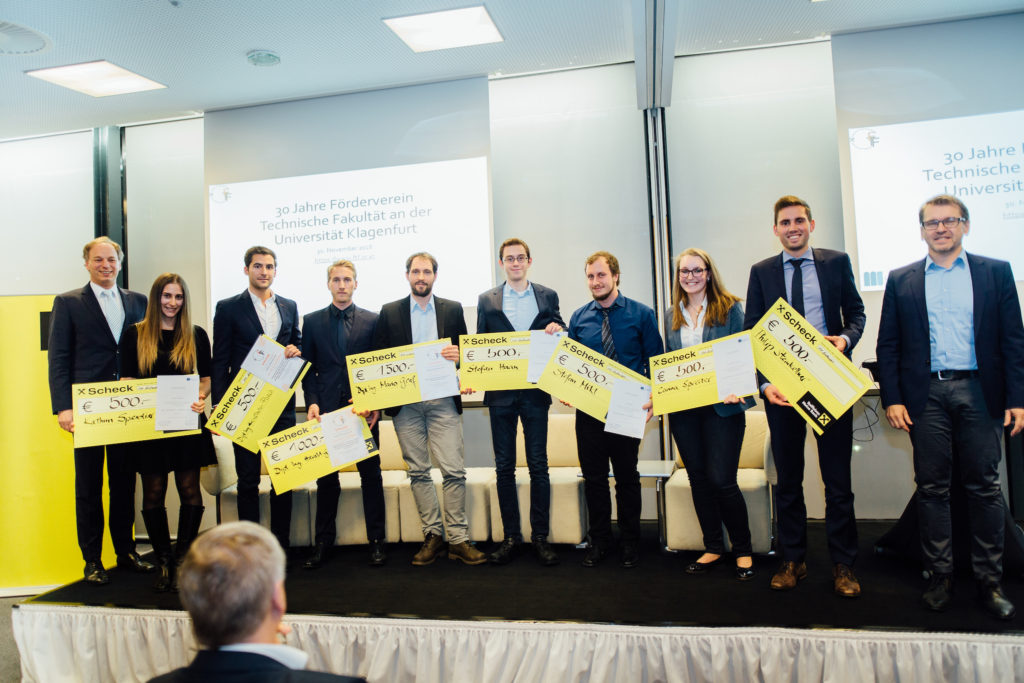
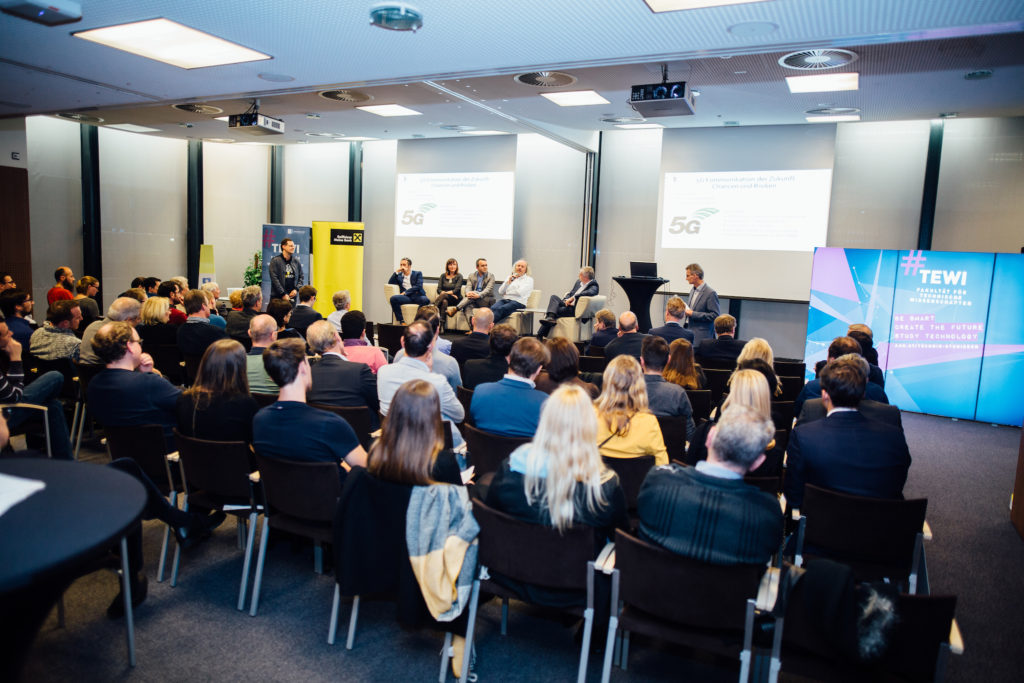
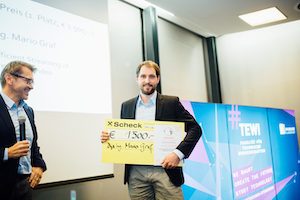

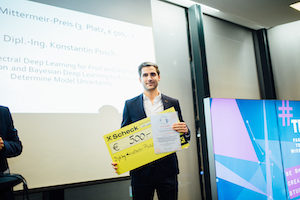

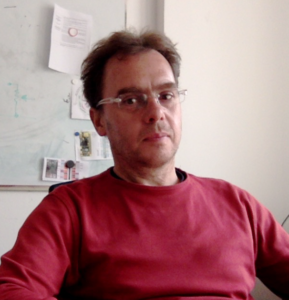

 Bio: Frank H. P. Fitzek is a Professor and head of the “Deutsche Telekom Chair of Communication Networks” at TU Dresden coordinating the 5G Lab Germany. He is the spokesman of the DFG Cluster of Excellence CeTI.
Bio: Frank H. P. Fitzek is a Professor and head of the “Deutsche Telekom Chair of Communication Networks” at TU Dresden coordinating the 5G Lab Germany. He is the spokesman of the DFG Cluster of Excellence CeTI.